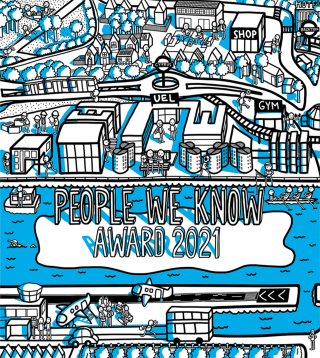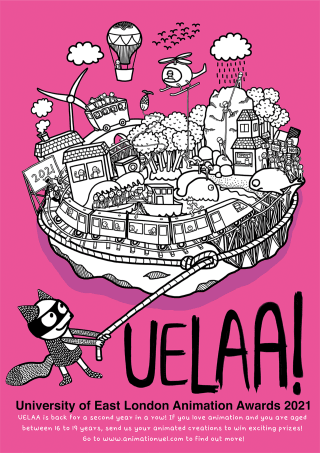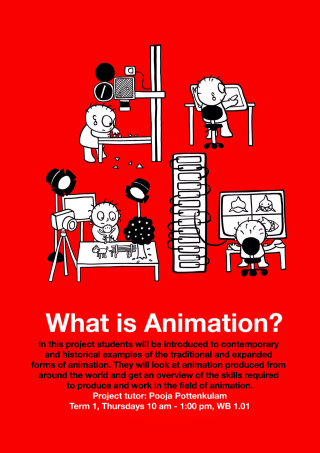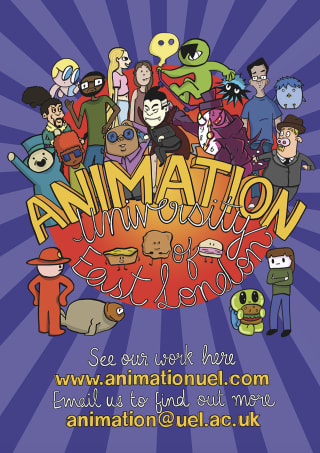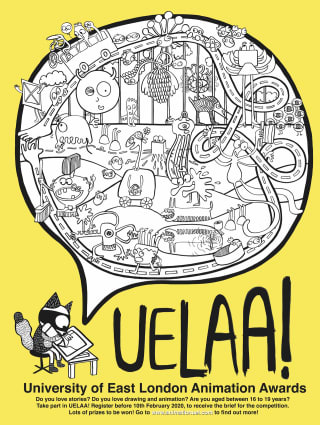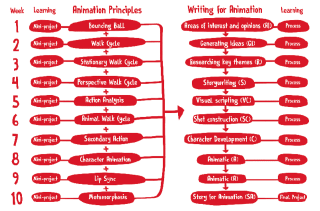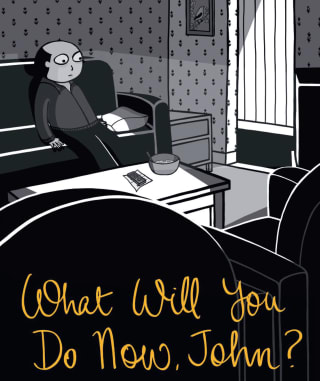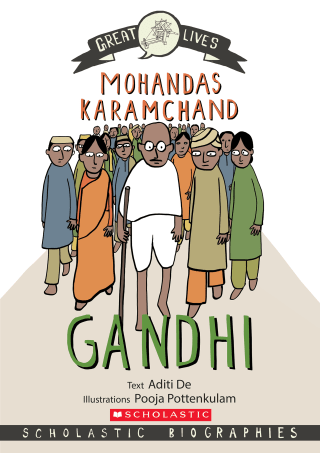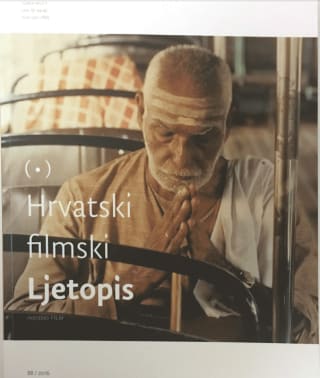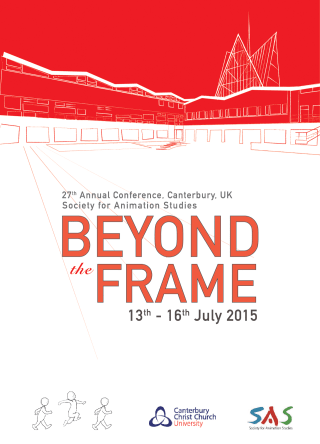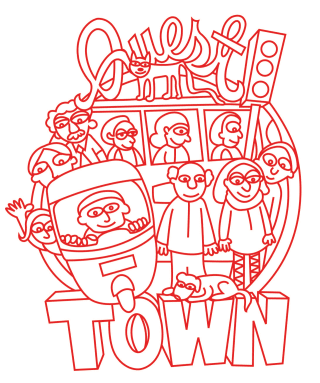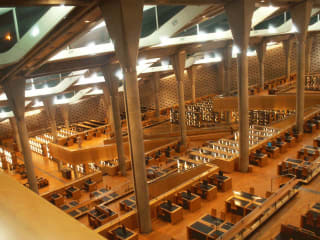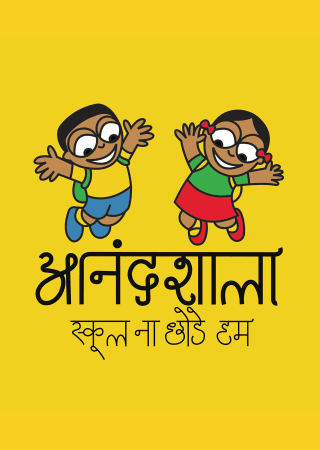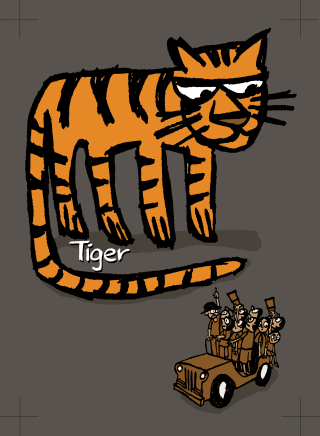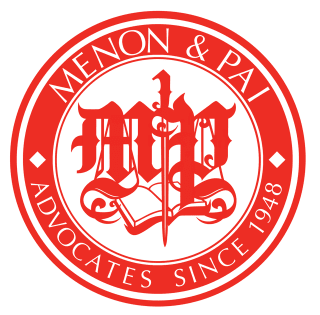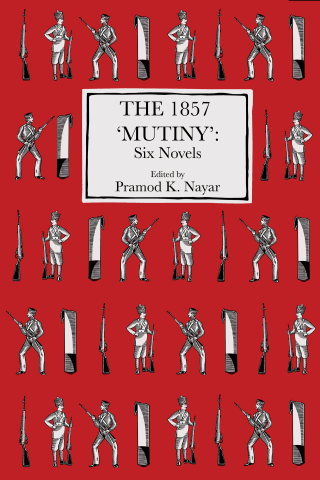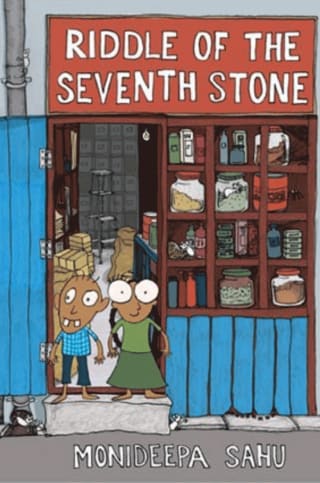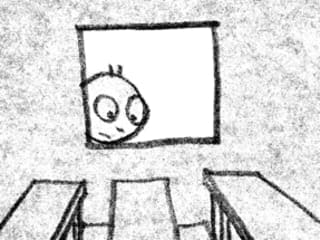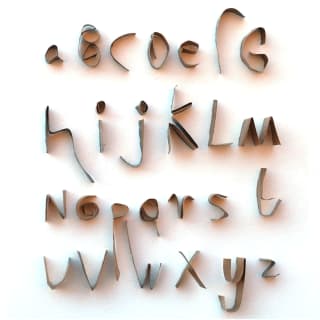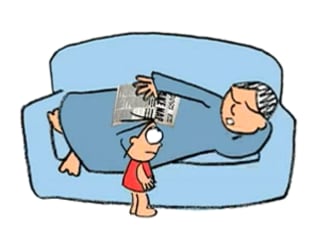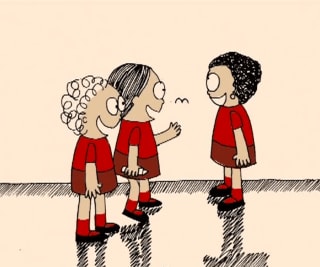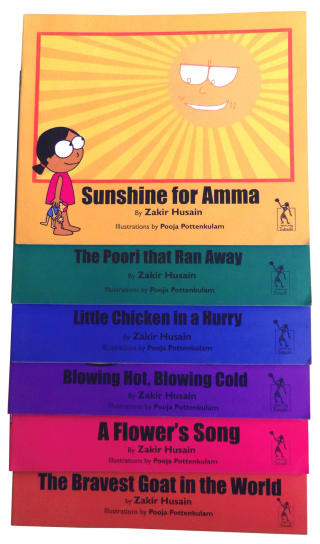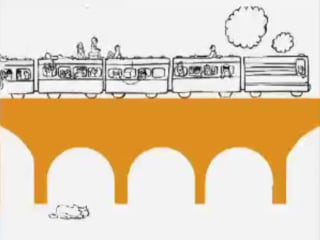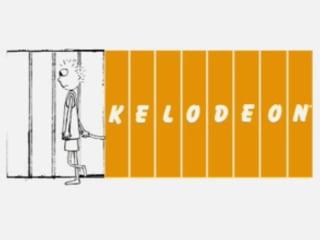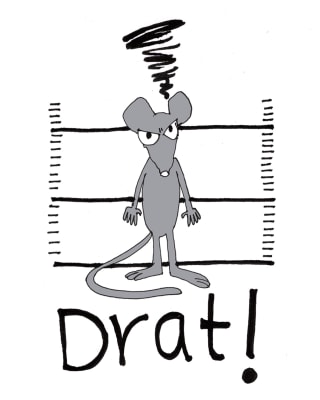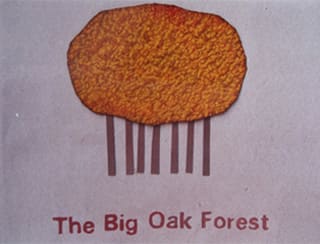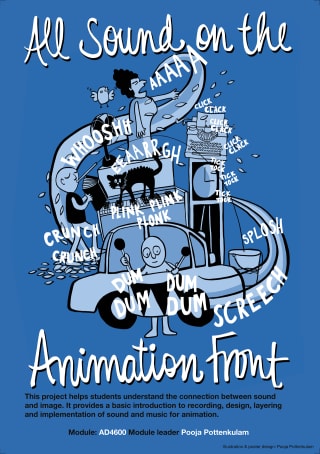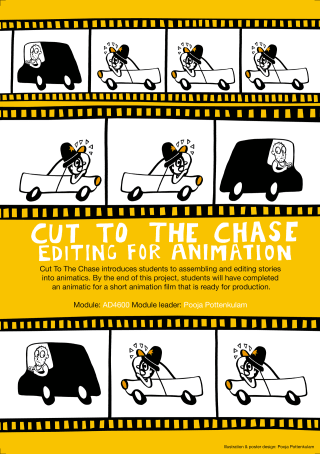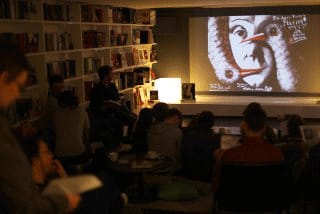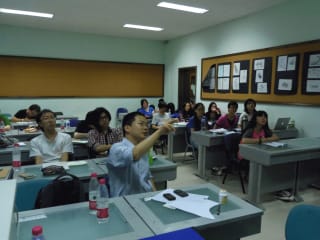Animation Filmmaker, lllustrator, Designer
-
Egg and Nog | Series
-
You'll Be Sorry
-
People We Know Awards | Poster
-
UELAA! 2021 | Poster | Character Design
-
Pocket-sized Animation Studio
-
What is Animation? | Poster
-
UEL Animation Programme | Identity design
-
UELAA! 2020 | Poster
-
Constructive Alignment in Animation
-
What Will You Do Now, John?
-
Gandhi | Graphic Novel
-
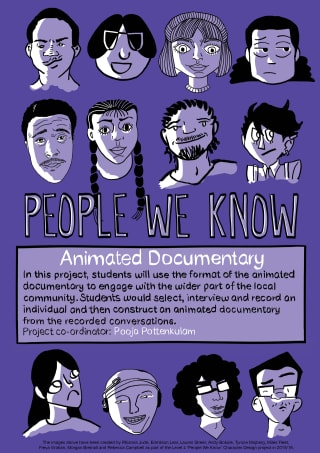
People We Know
-
Creating National Identity
-

Schools and Festivals
-
What is a Good Animation Programme and Who Decides?
-

The Pedagogy of Self-Expression in Animation Film Design
-

Bungee Cord Hair | Illustrated book
-

Scholastic Junior Classics Series | Book covers
-

India Unlimited Series | Illustrated books
-
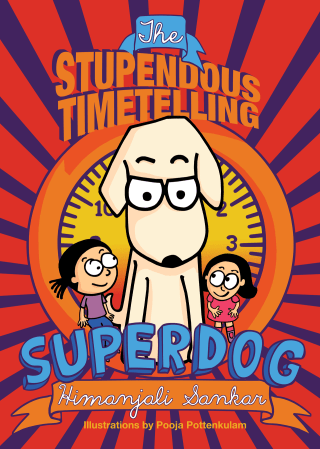
The Stupendous Timetelling Superdog | Illustrated books
-
Wise Men of the East Series | Book covers
-
The Monster Hunters | Illustrated Book
-
The Pink Book of Fun | Illustrated book
-
Quest Town | Illustrated cards
-
Bibliotheca Alexandrina and Luxor University
-
Anandshala | Identity design
-
The Great Indian Diary | Illustrated journal
-
Menon & Pai | Identity design
-
The 1857 'Mutiny' | Book cover
-
The Short of It
-
Riddle of the Seventh Stone | Illustrated book
-
101 Indian Children's Books We Love | Book cover
-
The Boy Who Spoke Moomoo
-
Bendable Type
-
Walking on Water with Fish in It
-
Nap
-
Drawing Class
-
Girl with Rabbit
-
Traffic Jam
-
The Magic Key | Illustrated books
-
Nick Train
-
Coconick
-
Knickerodeon
-
Nickschool
-
Sticknick
-
T-Shirts | Illustration
-
Killing Time
-
The Big Oak Forest
-
Tall Tales and Short Stories | Poster
-
All Sound on the Animation Front | Poster
-
Cut to the Chase | Poster
-
People We Know: Character Design | Poster
-
Animated Worlds
-
Visual Scripting Workshop at Communication University of China


